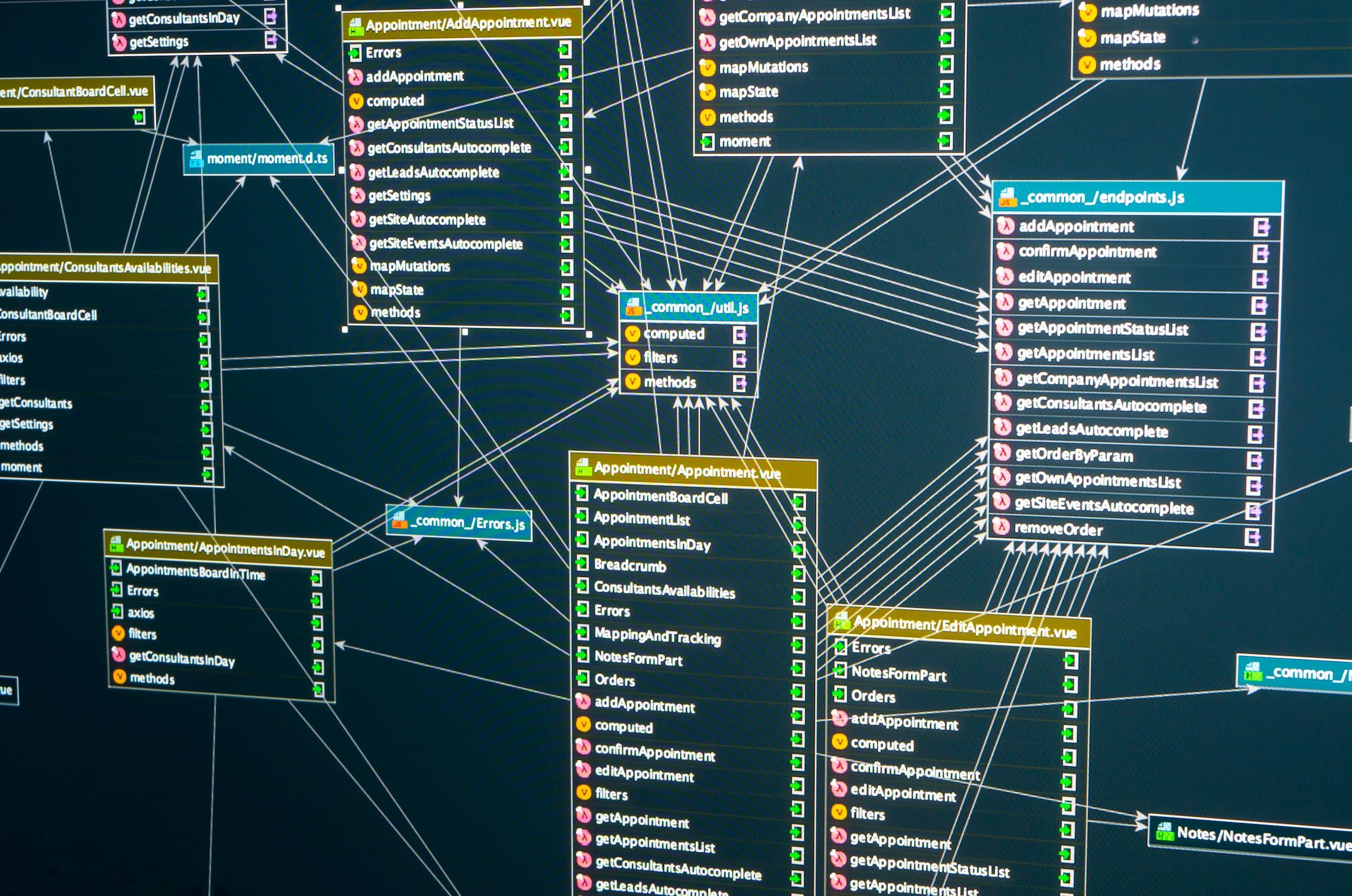
The LMI Way of Policy: Five Factors to Ensure Effective Policy Lifecycle Management
Justin O’Neill Policy Planning & Operations, Lifecycle Management & Modernization, Data & Analytics, Artificial Intelligence, Continuous Process Improvement“Our aggressive and value-focused approach has resulted in retiring more than 50% of outdated policies for our customers and prioritizes policy and process changes that substantially transform business. Our agile method for drafting and validating changes reduces total time needed for updating policies—in some cases, as much as a 6-month reduction.”
The LMI Way of Policy
Through a five-factor approach, LMI delivers impactful policies that are co-created and implemented as drivers of change, innovation, and agility through all levels of an organization.
Policies are designed with the best intentions. They are a leader’s tool to codify strategy and operating models, provide rationale for implementing technology, or respond to new laws or regulations. But policies then stagnate, falling out of date and out of touch with current conditions. Policies that are too dense or complicated to deconstruct cause leaders to generate new policies on top of existing policies, compounding the issue. Soon, policies and related documents conflict, increasing organizational risk and creating bottlenecks for policy users. By that point, just the word “policy” puts people on edge.
There is a better way to design and utilize policy.
For LMI, policy serves as a catalyst for change and a tool for continuous innovation. It gathers stakeholders and elicits input from those who will help implement and operate the strategy or plan. Creating policy unpacks questions related to the operating model, strategy, legal and regulatory obligations, and value. The resulting artifact captures the decision to act in response to obligations, needs, and opportunities. When implemented effectively, policy creates singular accountability, provides clear guidance, allocates roles and responsibilities, and ultimately achieves measurable impact.
How do you do policy well?
LMI views policy as an asset. Imagine if you never updated the software on your computer. How long would it take before the system slowed down and stopped being effective? What if you never did maintenance on a facility? How long would it take before the facility was rendered unusable and dangerous? Policy is no different. It requires assessment, evaluation, and revitalization at regular intervals to ensure relevance. It needs to be used and monitored for performance so that policy owners can intervene when emerging conditions demand it. Policy needs to adapt at the ever-increasing pace of technology.
We propose five areas to ensure effective and relevant policy:

Data Collection
Know your policy landscape. Gather the full catalogue of your policies and any supporting process or guidance documents. Create a central repository for these documents to periodically sort, organize, and analyze the data. In the review process, identify any data relevant to assessing the performance of the policy, including feedback from users, metrics, or impact reports.
Engagement
Identify the owners who are accountable for monitoring, performing, updating, and managing the policy. Create opportunities for the policy owners, users, and subject matter experts to assess the current performance of the policy. Work together to identify the overarching principles outlined in the laws and regulations. What must you do and not do? Assess the goals of the business unit who owns the policy. What drives value for the organization? What advances the mission? Adopt rigor in the assessment and challenge the status quo that might be holding your organization back. Eliminate irrelevance and duplication. Work with users and experts to articulate policy language.
Model & Simulation
Policy modeling and simulation allows ideas to be tested before launch. This mitigates risk, makes efficient use of resources, and optimizes impact. Policies are not conducive to frequent or as-needed updates. Modeling and simulation, therefore, creates the space to test ideas and anticipate challenges before the policy is introduced. Such testing ensures intended outcomes and avoids unintended ones. There are myriad creative and cutting-edge ways to model policy like using synthetic data, AI bots that simulate user engagement, and user testing.
Implementation & Monitoring
True policy implementation requires follow-through after the policy is ratified. Policy, after all, is a living concept. It needs to be maintained and reassessed throughout its lifecycle. To ensure that users adopt and implement the policy as intended, practice clear communication and effective change management. Identify metrics to assess the policy’s performance and establish a system to monitor the policy’s impact. Be prepared to intervene, course-correct, and strengthen your training to ensure effective implementation of the policy.
Access & Accountability
Good policy should be accessible to all its users. Too often, policies are kept isolated or obscured in poorly maintained repositories that are difficult to access and retrieve. In the era of technology, policies should be treated as digital assets. A good policy system will automate the policy lifecycle, including its maintenance and assignment of users and accountable parties. Policies should be stored in a central repository with discrete metadata and should be searchable. Technology—including Generative AI, natural language processing (NLP), and semantic searches—can make the number, density, or length of documents less intimidating for the user. A search engine is a perfect example of the power of these tools; no one complains or cares about the number of pages on the Internet because search engines capture and arrange the information you most want, based on finely tuned, algorithmic data. The same can be achieved for policies and supporting documents within an organization.

Justin O'Neill
Program Manager, Policy Analysis and OperationsJustin has consulted for 10 years on policy analysis and development, system design, strategic communication, and business analysis for governments and nonprofit organizations. He leads LMI’s policy development work for the U.S. Postal Service and previously supported strategic communications and policy for NASA.






